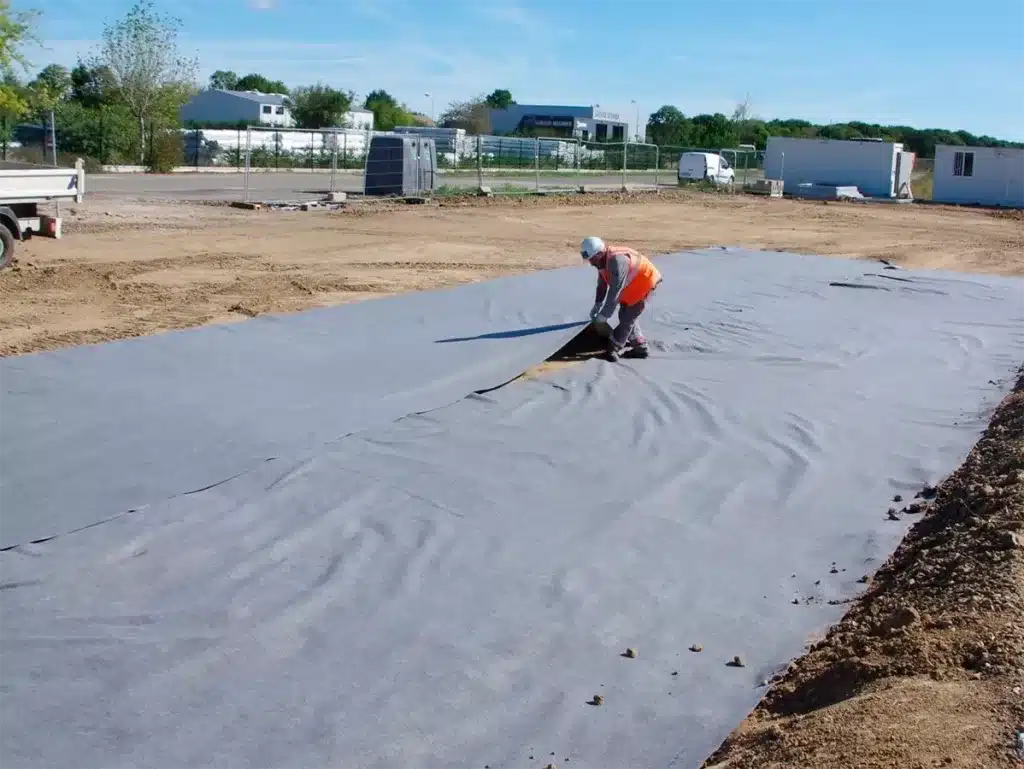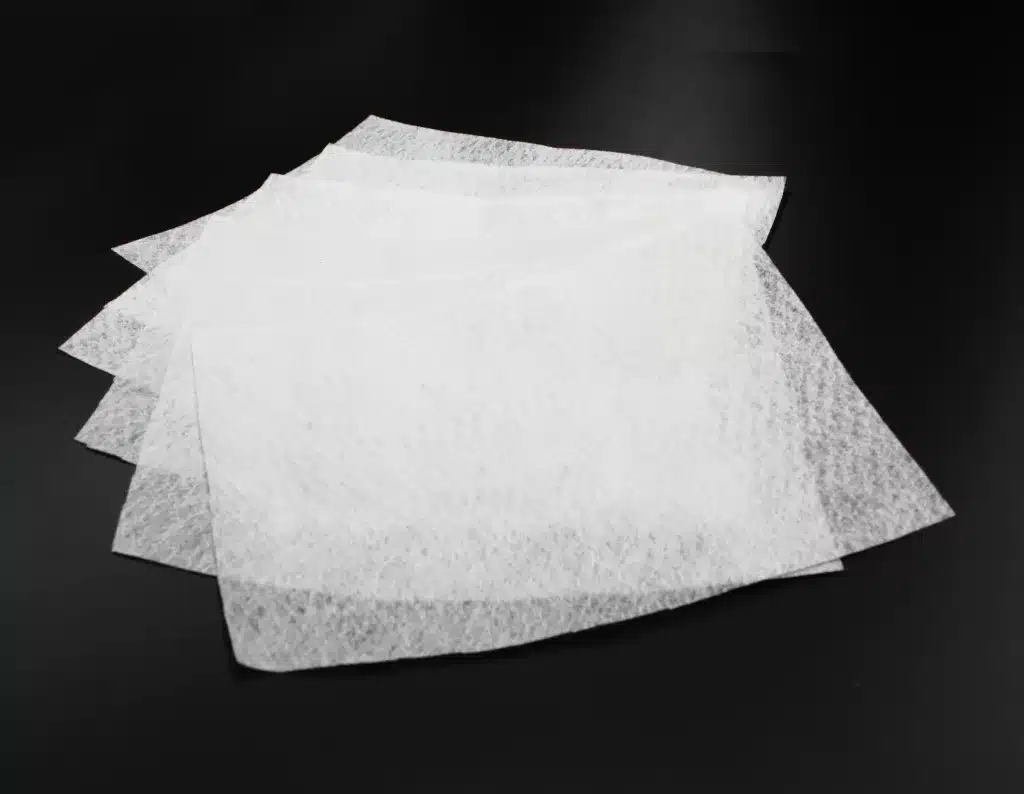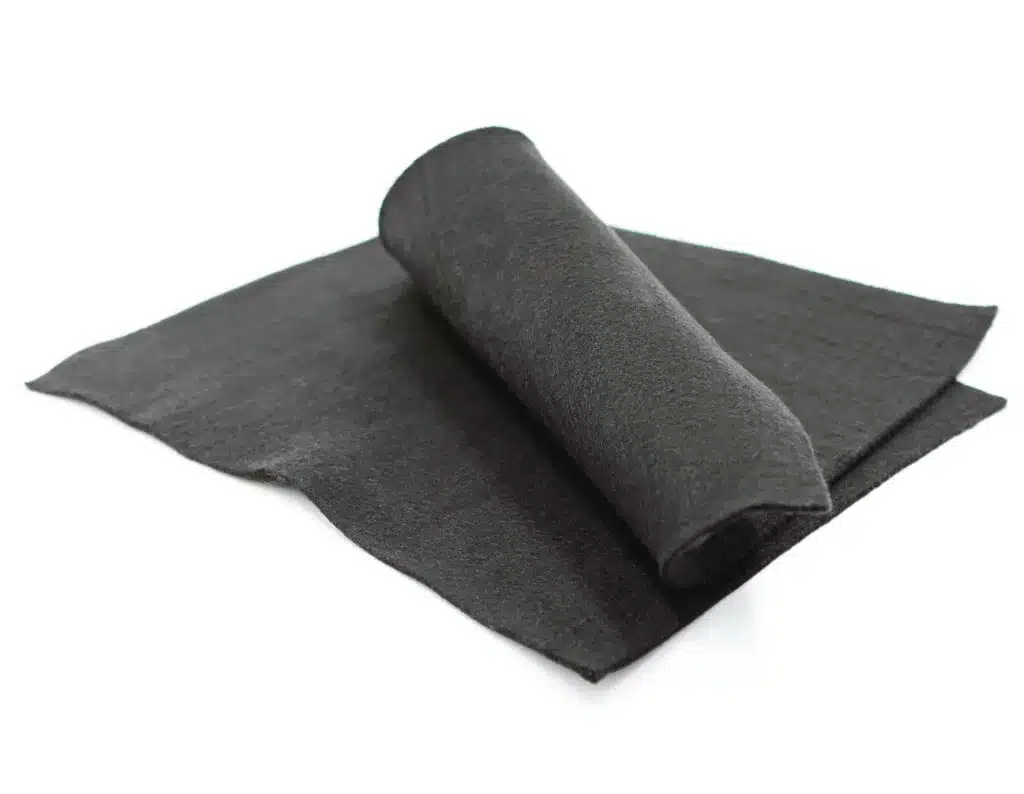+86-159 9860 6917
info@geofantex.com
geofantex@gmail.com
+86-400-8266163-44899
Driveway fabric, often underestimated, plays a crucial role in driveway construction due to its enduring qualities and stabilizing properties. Made from geotextile materials, this fabric serves as a stabilizing agent beneath the driveway surface, offering numerous benefits such as longevity and reduced maintenance requirements. It primarily acts as a barrier, preventing subgrade soil from mixing with overlying aggregate layers while facilitating efficient water drainage. In this article, we explore the pivotal role of driveway fabric and how it ensures long-lasting driveway integrity.

Benefits of Driveway Fabric
- Stability and Support: Driveway fabric significantly enhances surface stability by evenly distributing weight, thereby minimizing the formation of ruts and potholes over time. It prevents aggregate from sinking into the soil, preserving the driveway’s structural integrity under heavy traffic.
- Moisture Management: Effective drainage is essential for a driveway’s longevity, and driveway fabric facilitates this by allowing water to pass through while preventing soil particles from upward movement. This mitigates surface damage and erosion caused by water pooling.
- Weed Control and Erosion Prevention: Driveway maintenance is simplified as the fabric acts as a barrier against weeds and soil displacement, ensuring a smooth and durable surface.
- Low-Cost Maintenance: Although initial installation costs may seem high, driveway fabric proves cost-effective over time by extending the driveway’s lifespan and reducing maintenance expenses.
Preparing for Driveway Fabric Installation
- Assessment and Measurement: Before installation, accurately measure the driveway dimensions to determine the fabric quantity needed, allowing for extra material to accommodate adjustments.
- Clearing the Area: Remove debris, stones, roots, and plants from the installation area to prevent fabric punctures and ensure a smooth surface.
- Soil Compaction: Level and compact the soil thoroughly to create a stable base that enhances fabric performance.
Step-by-Step Installation Process
- Unrolling the Fabric: Begin at one end of the driveway and carefully unroll the fabric across its length, ensuring it lays flat with no wrinkles or folds.
- Overlapping Sections: If the driveway width requires multiple fabric strips, overlap each strip by at least 6 inches to prevent gaps between layers.
- Securing the Fabric: Use landscape staples or fabric pins every three feet along the edges and one foot where fabric strips overlap to secure the fabric to the ground.
- Cutting and Fitting: Trim excess fabric with a utility knife around driveway edges and obstacles, ensuring a snug fit around curves and corners.
- Adding Aggregate: Spread aggregate evenly over the fabric to a depth of at least 6 inches, ensuring complete coverage.
- Final Compaction: Compact the aggregate thoroughly to integrate it with the fabric, creating a stable driveway surface.
Post-Installation Care and Maintenance
- Regular Inspections: Periodically inspect the driveway for signs of fabric damage or wear, addressing issues promptly to prevent further damage.
- Aggregate Renewal: Over time, replenish the aggregate layer to maintain driveway strength and appearance.
- Weed Management: Despite the fabric barrier, manage weed growth to prevent damage to the fabric and maintain driveway aesthetics.
- Drainage Maintenance: Ensure proper drainage system maintenance to prevent water buildup that could compromise driveway stability.
Avoiding Common Mistakes
- Inadequate Overlapping: Ensure sufficient overlap of fabric strips to prevent gaps that could compromise weed and soil control.
- Poor Surface Preparation: Thoroughly prepare the base by leveling and compacting to avoid future driveway instability.
- Insufficient Fabric Securing: Use adequate staples or pins to prevent fabric shifting or bubbling, ensuring effective performance.
- Aggregate Depth: Maintain the recommended aggregate depth to provide adequate cushioning and protection for the fabric.
Geotextiles play a vital role in modern landfill engineering by ensuring structural integrity, managing leachate, and minimizing environmental impact. While not biodegradable, their use in landfill construction contributes to sustainable waste management practices. Understanding their role helps in appreciating how engineering solutions can mitigate the environmental challenges posed by waste disposal.



Get Free Sample
We’ll respond as soon as possible(within 12 hours)






















